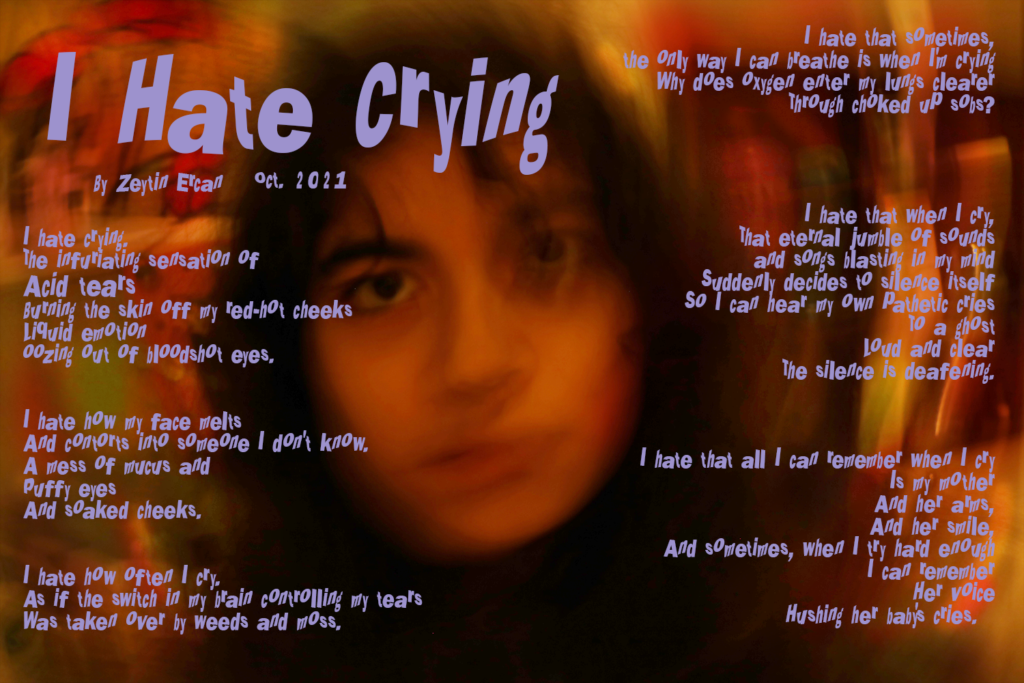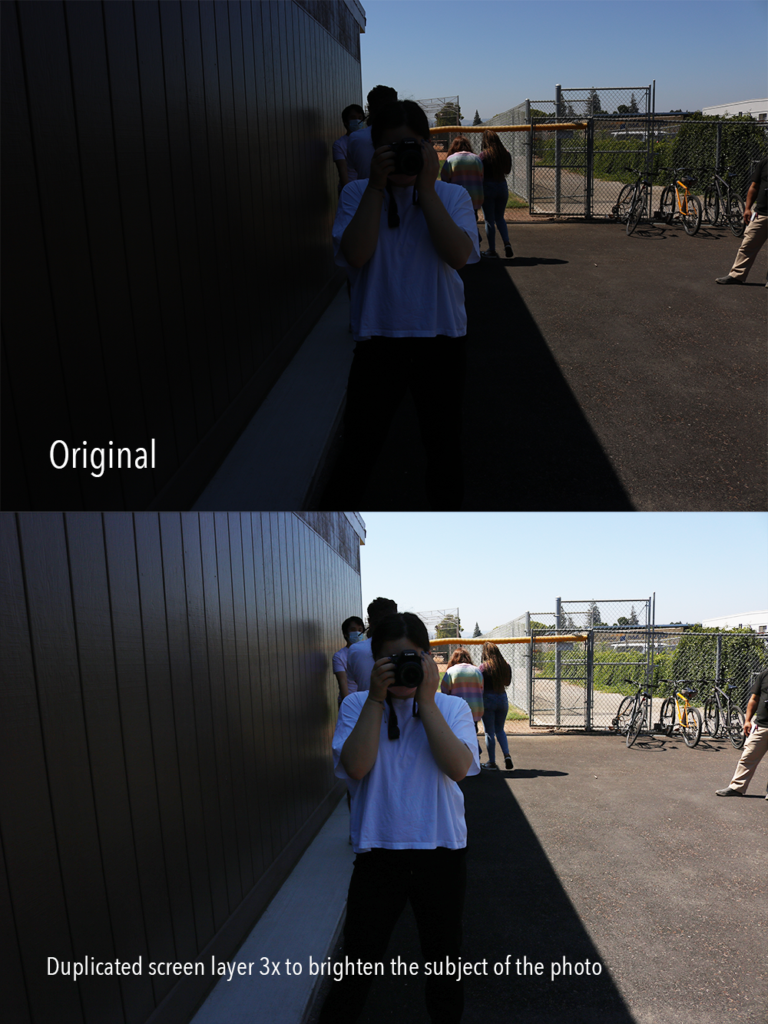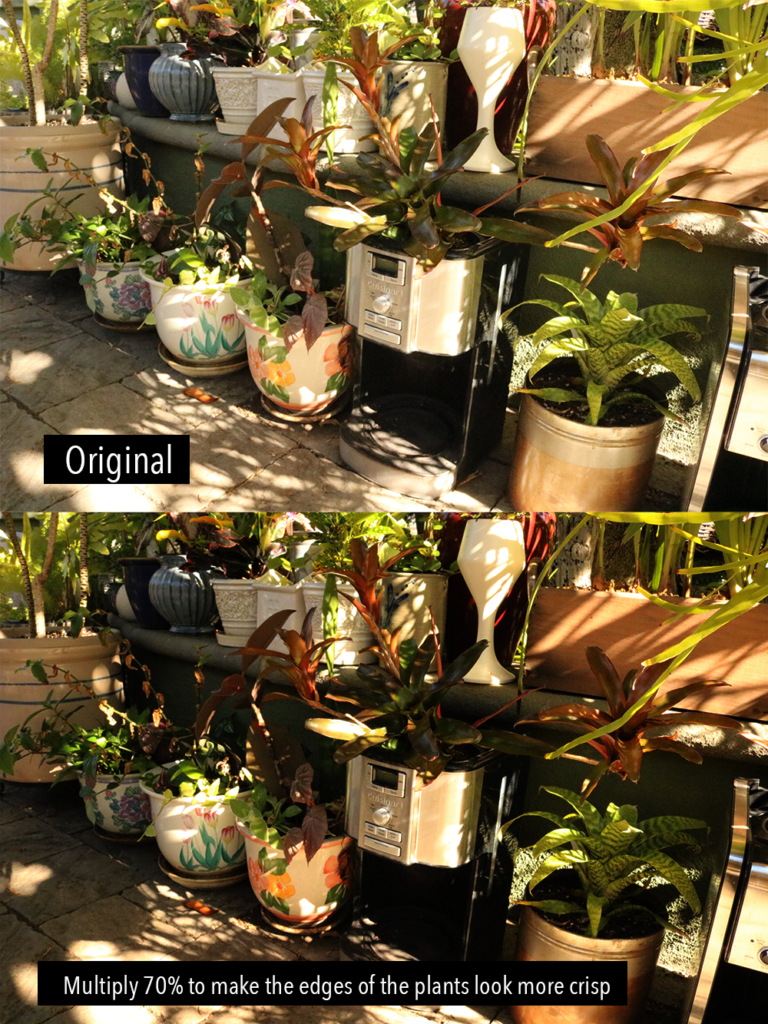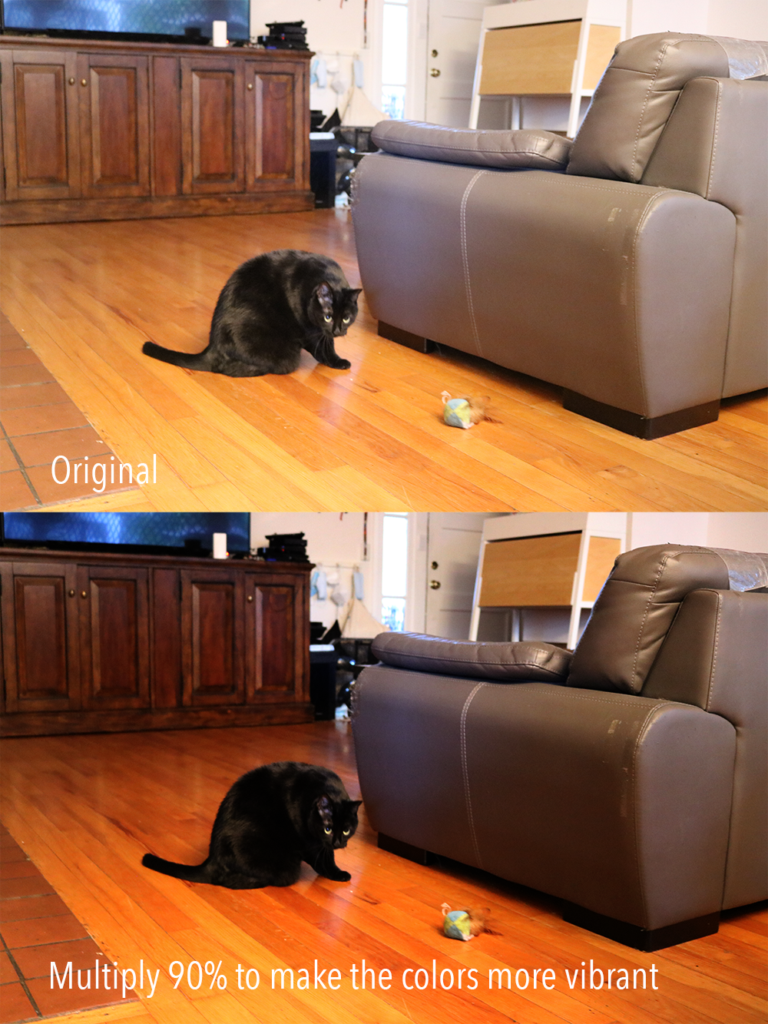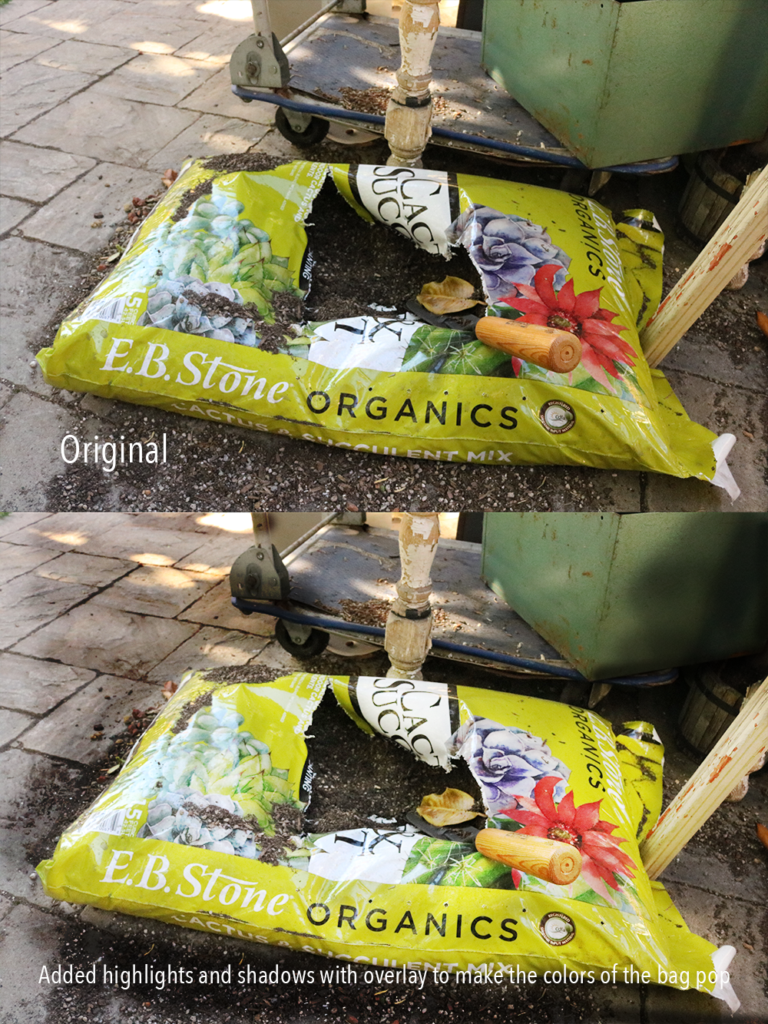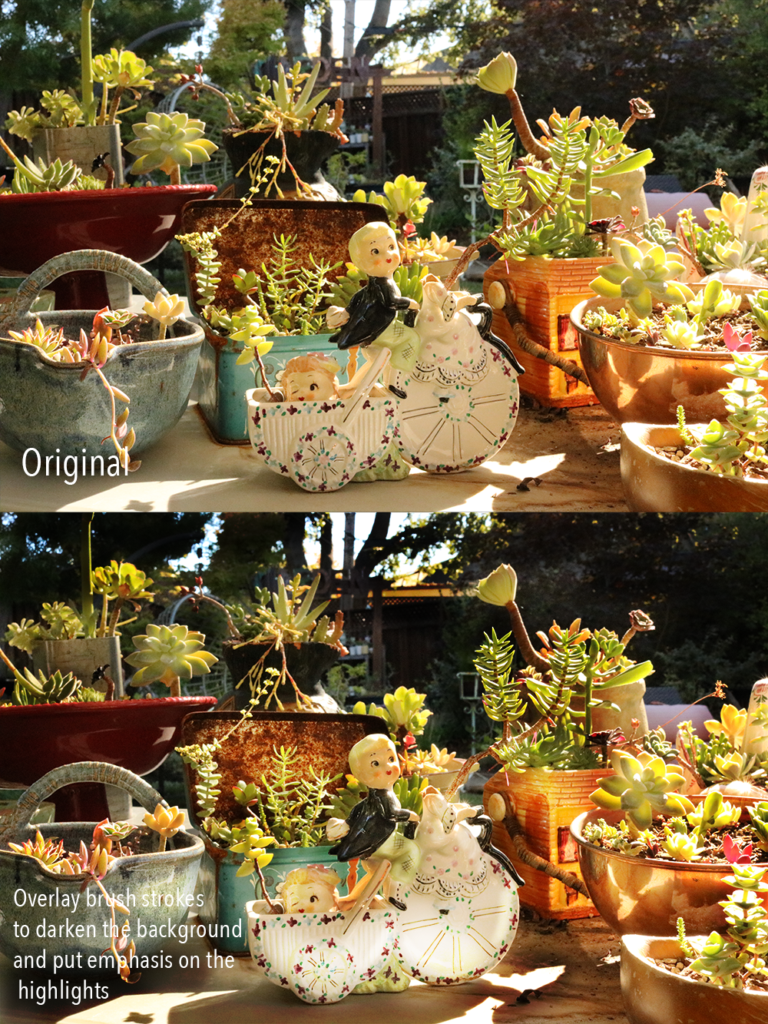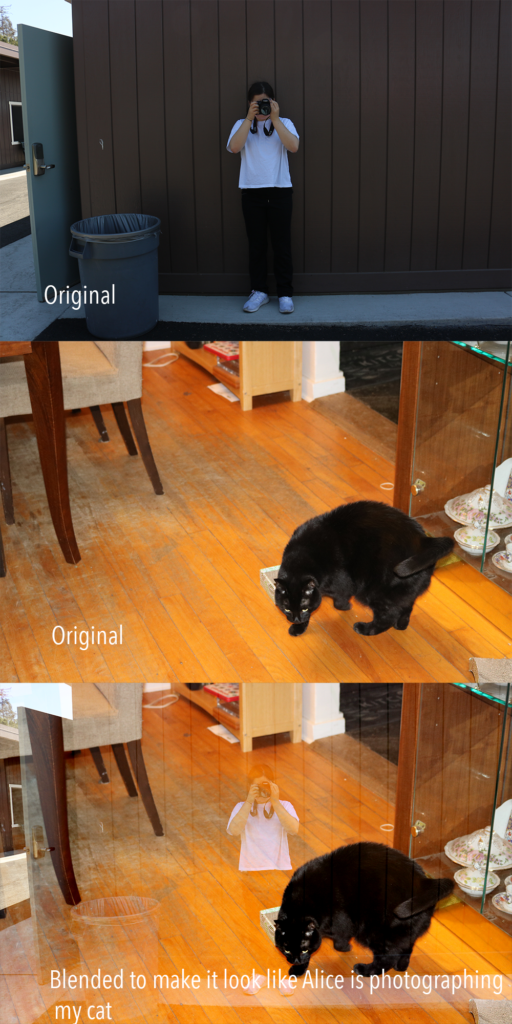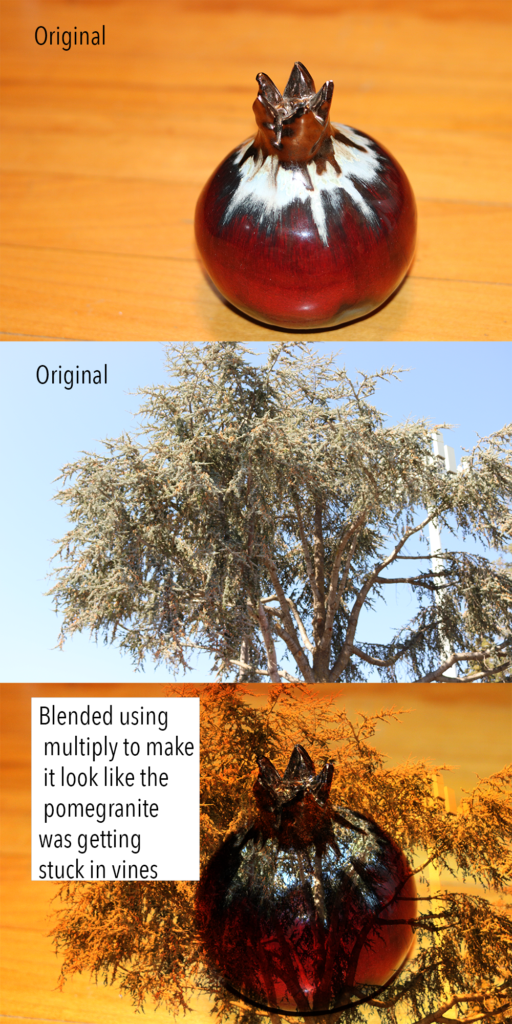Introduction
The Conceptual Project for Freestyle Juniors emphasizes creativity and individuality through various mediums of art and design. Students are aided through developing technological skills in various applications and programs, such as Photoshop, After Effects, and WordPress.
I personally believe that studying English and Digital Media at Freestyle Academy is very enriching as a learner. English has always been one of my strongest subjects, so I really appreciate how the unique projects and activities in my Freestyle English class push me to grow in areas of my writing that I’m weaker in. Digital Media, on the other hand, is a subject that I used to frequently struggle in, as I did not have that much exposure to a lot of digital resources growing up, but through Digital Media class, I feel like I’ve gained a lot of new skills that I can confidently use in both my academic and creative career going forward.
Haiku
In English, we were tasked with creating a Haiku, a traditional Japanese style of poetry consisting of only seventeen syllables, based on a given prompt, and then place that Haiku on a photograph that matches. Students each received an individual prompt in the form of “I am feeling _____ through the experience of ______.” encouraging students to create unique poems that combined a specific emotion with a specific experience. Then, in Digital Media, students recorded readings of their haiku and edited the text on their photograph.
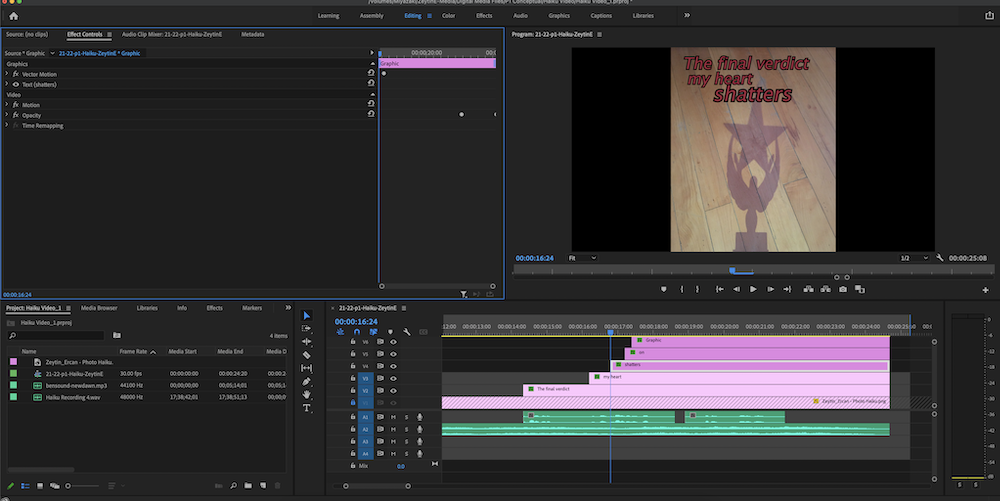
The video Haiku project helped develop my skills in video editing, specifically with creating interesting timed effects through use of key frames.
Poetry
For this assignment, Freestyle Juniors were prompted to take the skills learned and studied throughout the poetry unit in English and use them to write a free verse poem of their own. Students were allowed to either revise a poem from an older writing exercise, or write something completely new. Then, in Digital Media, students created photo poems of their work, using Adobe Photoshop to edit their photo and add text. Students also recorded a reading of their poem and intention statement, and, using Pro Tools, edited their readings with music and sound effects.
“I hate crying” is a free verse poem about vulnerability, and the difficulty of allowing yourself to express your emotions free of self-loathing. The speaker in this poem is close to me, as someone who frequently cries, and is insecure about fully expressing themselves. Additionally the speaker in my poem has lost their mother, a choice I made because it related to my own experiences, but also because mothers are a common symbol of comfort and safety in literature, so by mentioning the speaker’s mother at the end of the poem, I aimed to create an emotional sense of bittersweet closure for the audience. In the first stanza, I use metaphors such as “acid tears” and “liquid emotion” to emphasize the disgust the speaker feels towards themselves when crying. As the poem goes on, the stanzas detailing the speaker’s insecurities about vulnerability become more and more internal and personal. I purposefully structured the stanzas this way to create a build-up to the climactic line, “the silence is deafening” only to be stopped by the final stanza about the speaker’s mother, which is arguably the most personal, yet least aggressive part of the poem, showing a sharp change in tone. Ultimately, the pattern of repetition through the phrase “I hate…” at the beginning of each stanza helps solidify the speaker’s deep feelings of shame and embarrassment in their own emotions and expression of them. I organized the poem so that the stanzas would gradually become more personal to the speaker, with each stanza representing a different sense/area of insecurity for the speaker when crying. In general terms, the first stanza represents touch, then sight, then time, then breath, then sound, then memories. Through this sequence, I hoped to further capture the extent to which the speaker’s anger and shame extend. During peer review, my readers enjoyed the thematic choice to create a sense of disgust in the metaphors and overall word-choice, especially in lines like, “Liquid emotion oozing out of bloodshot eyes.” and “Why does oxygen enter my lungs clearer through choked up sobs?” but suggested that I switch up my lineation to have every stanza begin with a different “I hate…” line. I mentioned wanting to change the poem’s title, but my readers actually really liked the current title, saying that it helped set the scene with the repeated line. I was particularly inspired by Rudy Francisco, specifically his poem, “If I were a Love Poet” in the way he utilizes repetition to create tension and buildup that is released by the end. I wanted to emulate this style in my work because I noticed a similarity in themes between the type of poem I wanted to write and “If I were a Love Poet”, as both are in the perspective of a somewhat helpless speaker who is afraid of being vulnerable with their emotions.
Producing my poem through various formats and mediums felt extremely rewarding. I love writing poetry and I love creating visual art, so combining the two was a really cool experience. I also really enjoyed learning more about audio editing, something I hadn’t really explored yet at the time. Overall, I think this project really helped my skill set in both English and Digital media expand, as it pushed me to challenge myself in ways I hadn’t thought to before.
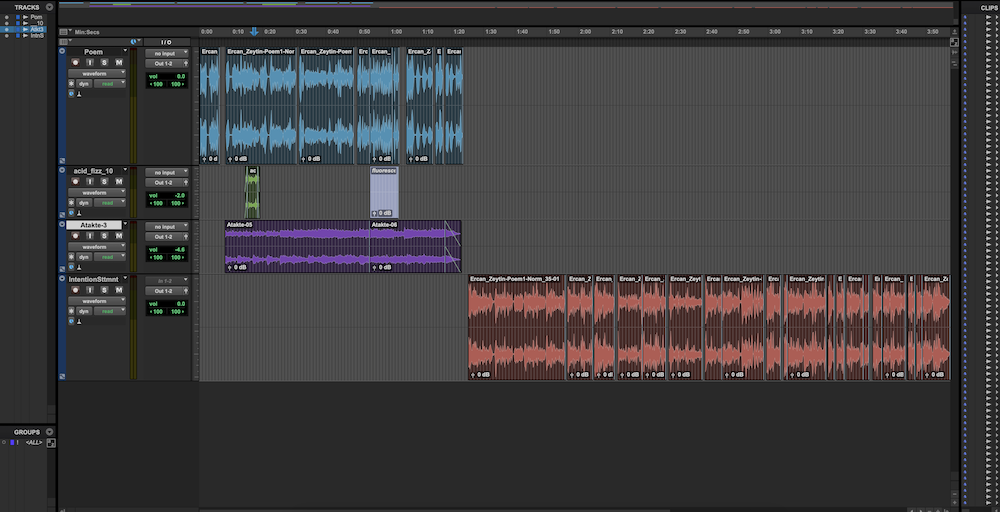
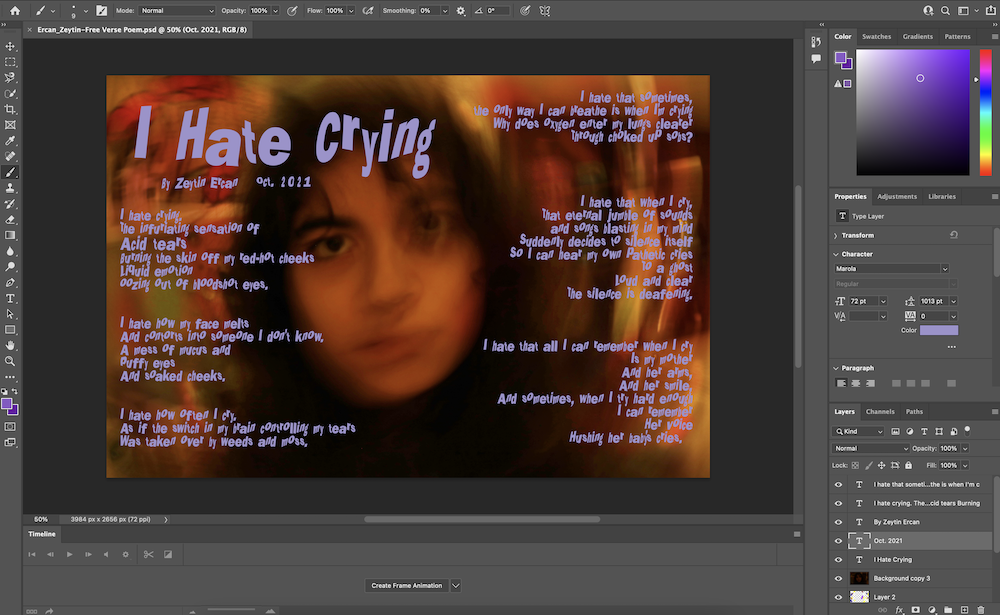
Photoshop Blend Mode Editing
In order to properly familiarize them with Adobe Photoshop, students were given a series of assignments in which they used blend modes to edit photos they had previously taken on their DSLR cameras.
I think using Photoshop Blend Modes to edit photos helps create interesting and creative photo combinations. I really valued learning about how to combine photos using Photoshop Blend Modes, as well as learning how to color correct certain over exposed or overly dark photos. I think it will definitely come in handy in the future.
animation
Being an animation student at Freestyle has been a truly rewarding time for me. I’ve always loved art and drawing, but going into this class, I had little to no experience with digital art or animation, so having the chance to learn proper animation techniques has been a really fun experience.
Before delving into digital animation, students experimented with analog forms of animation, the first of which involved using a zoetrope, a pre-film animation device that creates an illusion of motion through spinning around a strip of small drawings.
Our next assignment was to create a phenakistoscope, a circular equivalent of an zoetrope in which a wheel is divided into 16 parts and digitally edited to spin around, creating the illusion of motion.
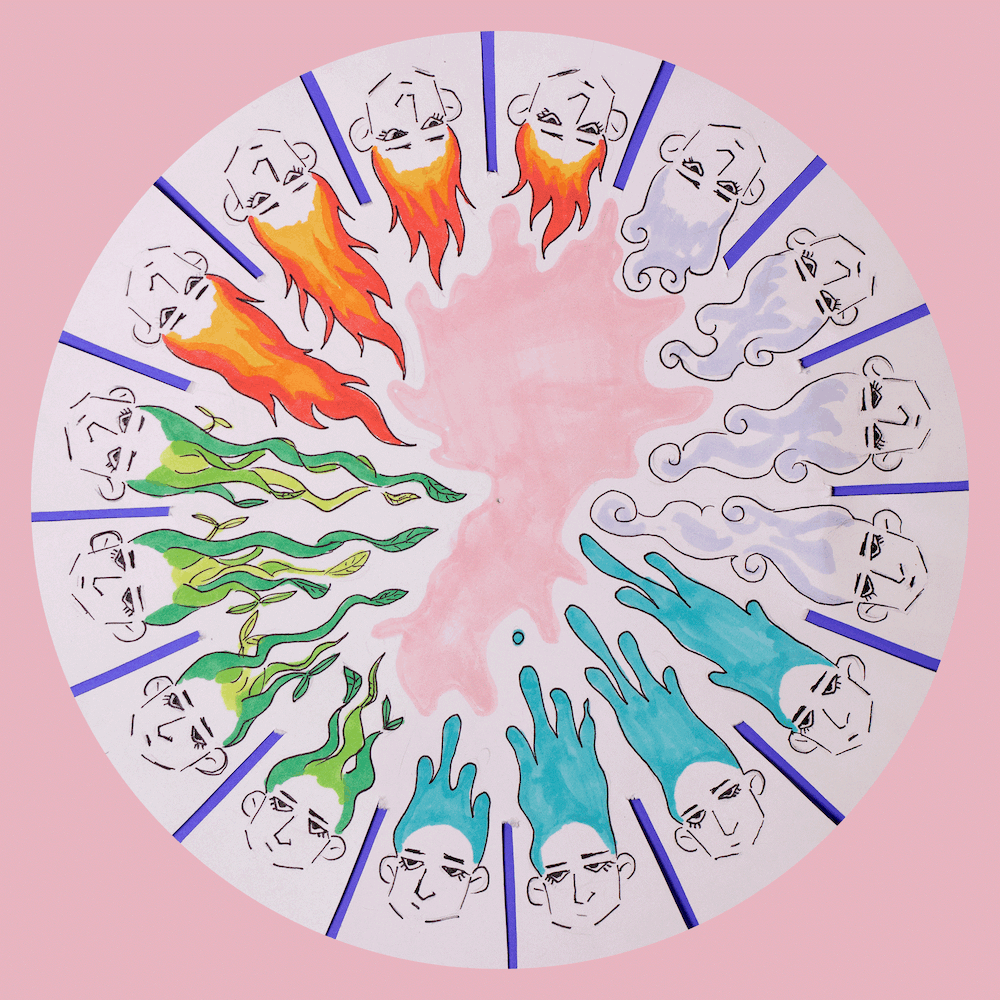
My phenakistocope GIF
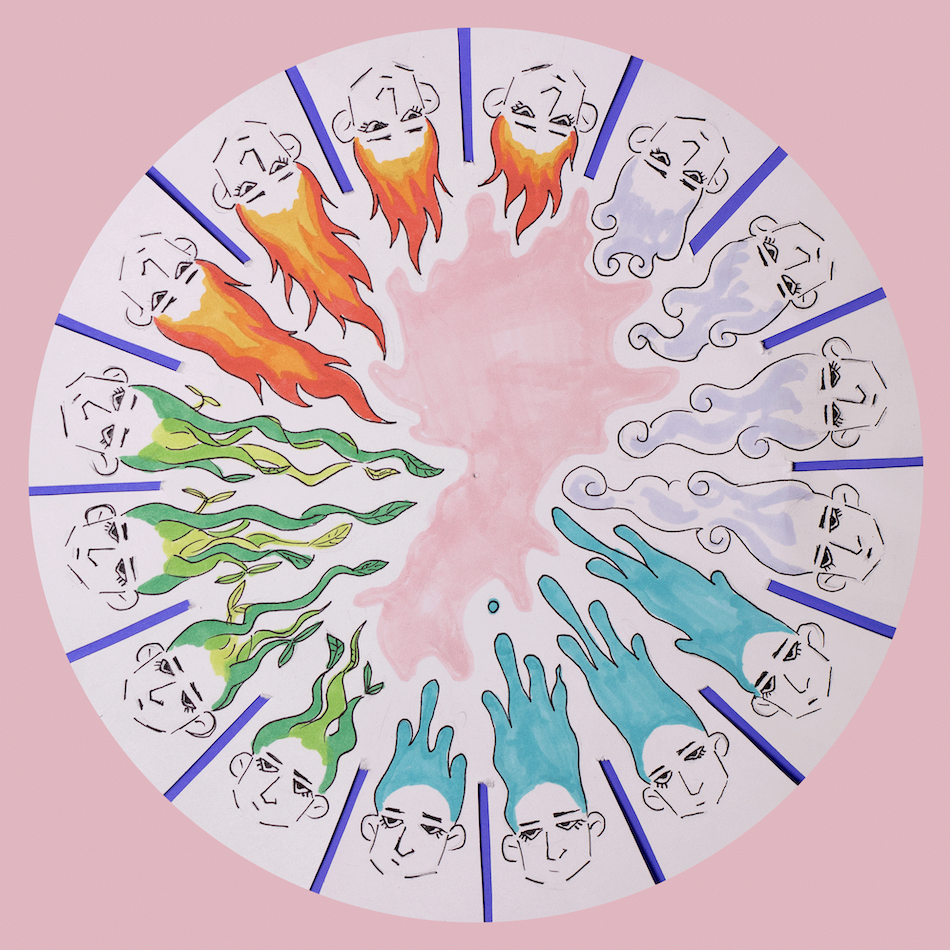
Following our phenakistoscopes, Animation students learned how to make flipbooks with two projects. Our first project was to create a 90 frame flipbook using notecard paper.
My first flipbook project
For our second flipbook project, we had to start with one shape, and, by the end of the flipbook, turn it into another shape. The shape we ended our flipbook with would start another student’s flipbook, creating an exquisite corpse.
My exquisite corpse flipbook
Our next project was create stop motion animations using paper cutouts.
Our final project for the animation unit was another stop motion animation using various objects of out choice.
